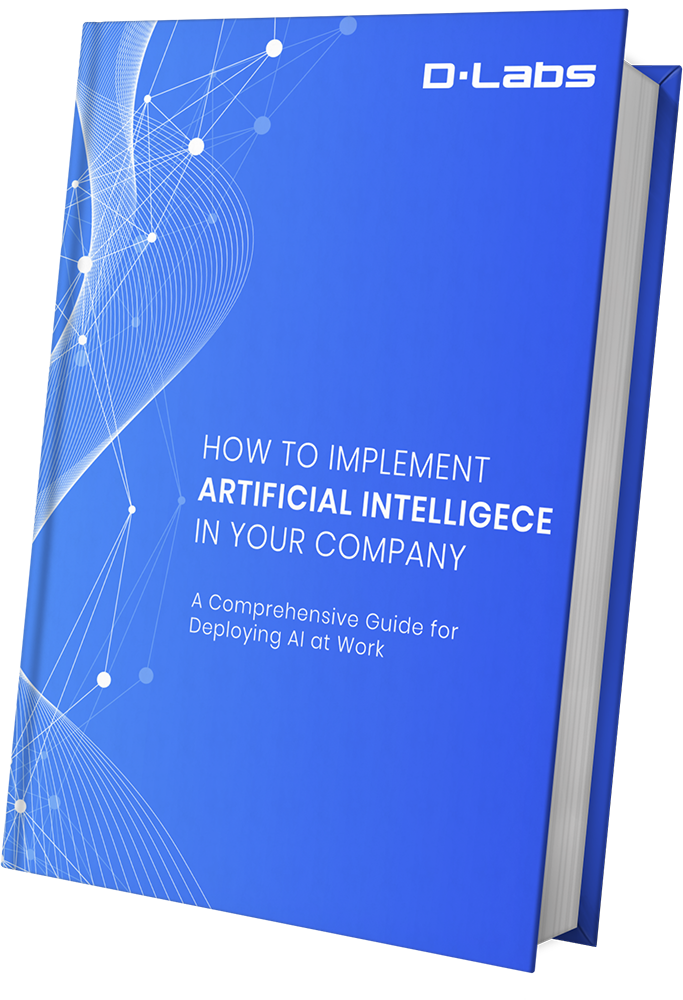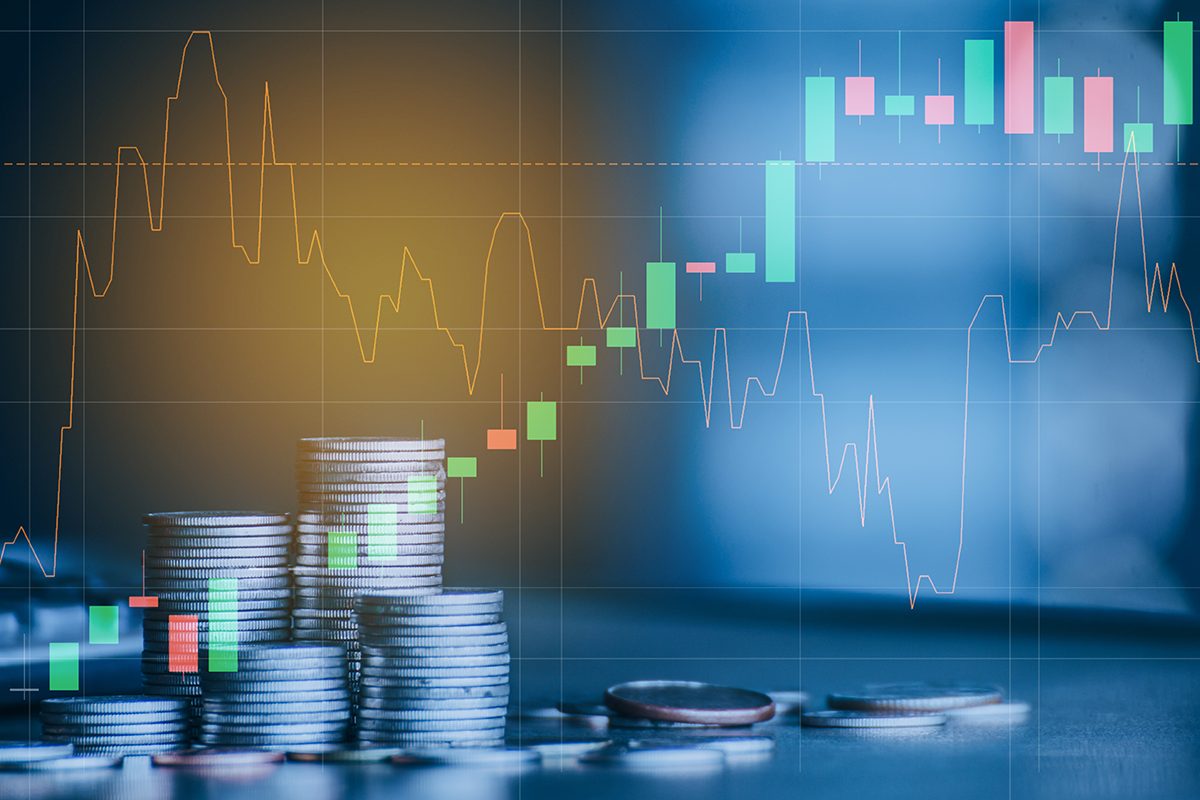Every business wants to make a profit. And machine learning can help. Price prediction powered by machine learning is one of the most powerful tools in any company’s toolkit. Because automated price forecasting can help you stay in sync with your market and, ultimately, improve the effectiveness of your sales process.
In this post, we’ll tell you everything you need to know about what price prediction is, how it works, and its potential benefits for your business. Ready? Let’s go.
What is price prediction?
Price prediction uses an algorithm to analyze a product or service based on its characteristics, demand, and current market trends. Then the software sets a price at a level it predicts will both attract customers and maximize sales.
In some circles, the practice is called price forecasting or predictive pricing. And some people are a little skeptical of it. That’s because more experienced operators often feel they have a solid understanding of their industry prices.
They know the competition. They keep an eye on current special offers. And they understand how demand in their industry fluctuates throughout the year. But even where this is the case, when you come to release a new product, enter a new market, or explore a new niche, you likely won’t have such a good grasp of this new space.
This is a challenge often referred to as a ‘cold-start’ — in other words, you have no real-world data (while it could take months, years, even before you have enough information to build a stable and accurate price forecasting solution).
But there’s still something you can do to predict prices. In these situations, you can use a method called transfer learning.
Transfer learning works where the new product is similar to other products in your portfolio. The practice assumes the market will behave in a similar way to your existing offerings. And it uses machine learning solutions, backed by insights from other domains, to find the right price point.
After all, your pricing strategy will directly impact your new product’s success. The market is now saturated with offerings. And where twenty years ago, you could ask a focus group what they would be willing to pay.
These days, you’re competing for offline and online attention, so focus groups aren’t as effective as they once were.
That’s why machine learning is more important now than ever, as an algorithm can analyze millions of parameters before using specialist price prediction software to get your pricing strategy on point.
This is how the process works.
Price prediction: how does it work?
Now, let’s deep-dive into how price prediction with machine learning works. Machine learning models use both technical and fundamental analysis in the price forecasting process.
Technical analysis looks at historical prices, economic growth rates, and other related factors, formulating an approximate price. Then, to get a more accurate picture of the market, the process turns to fundamental analysis.
This step looks at various external and internal factors, including macro-factors like the season and micro-influencers like the time of the day, trying to figure out when a consumer is most likely to buy.
In mathematical terms, these processes are known as regression analysis. Which is a statistical way to predict the relationship between variables (one independent variable and one — or more — dependent variable).
In price prediction, price is the independent variable. And it’s affected by several dependent variables. Suppose we were trying to price a pizza: the answer would depend on the size of the pizza and the cost of its ingredients.
Beyond regression, price prediction uses descriptive and predictive analytics. But this is just another way to describe the discrete steps of regression analysis.
This is what the two processes entail:
- Descriptive Analytics: This step uses statistical methods of data collection, analysis, interpretation, and data visualization to look at what’s happened in the past. The historical analysis forms the basis of the predictions.
- Predictive Analytics: This step analyzes the data to predict the possibility of future events, forecasting aspects like customer behavior.
Automated price prediction aims to develop a model capable of finding the optimal price point at any point in time without any human input. If you’re looking for a reliable pricing strategy that’s rooted in data, this is the approach for you.
4 benefits of using an ML-powered sales prediction system
There are four clear benefits of using machine learning and artificial intelligence to set your pricing strategy.
Let’s look at each one.
1. ML can cope with price volatility
Price volatility denotes the price fluctuations of a product. To measure price volatility, you need to take a day-to-day percentage difference in a product or service’s price.
These fluctuations can be barely noticeable. But in the long run, price volatility is an essential parameter in price assessment: it shows the level of price uncertainty and allows businesses to predict prices more accurately. And machine learning algorithms can monitor price volatility at any time interval.
In the context of the stock market, where prices can change in milliseconds, this type of capability is invaluable. The system can analyze and respond to a myriad of factors in fractions of a second, which is something a human never could.
2. ML models can analyze multiple data sources at once
Price prediction is hard because it requires many data sources: from internal market reports to competitors’ webpages to CRM files. And it’s a challenge for humans to process this volume of information, whereas, for AI, more data is nearly always better.
If you pick good sources and use your data well, your software will create highly accurate predictions (that only get more accurate with time). Better still, you’ll likely find patterns that you’d never spot with a manual process.
3. ML improves the accuracy of price predictions
The accuracy of traditional pricing methods leaves much to be desired. In truth, most conventional methods value intuition and subjective opinion over hard data. And that’s why decisions based on such processes often lead businesses down a rabbit hole.
Whereas if you use AI to set your prices, you won’t only work faster and more economically — you’ll price more accurately, no matter what the market throws your way.
4. ML can help you improve your profit margin
When you use machine learning, you also get an excellent grasp of how industry prices evolve over the course of a year. And this leads to a final, more subtle benefit.
Suppose you spot that a supplier often increases their prices in October. You can make a note to stock up on certain goods in September, avoiding the upcoming increase, saving you money, and boosting your overall profit margin.
What industries benefit the most from price prediction?
Some industries will get more from automated price prediction than others, so let’s end by reviewing the sectors that reap the greatest rewards.
Retail
Retail is one of the most popular industries for price forecasting. Price is a key driver of success in retail, especially now it’s so easy to find a deal online. That’s why price prediction in retail goes hand in hand with product analytics: you can analyze the demand, discover a product’s advantages and disadvantages, then determine whether a customer will buy it.
Marketing
Your price sends a message to your target audience, as people treat expensive and cheap products differently. Whether a $100 shampoo is better than a $10 one is up for debate. However, people will often connect price with quality. That said, those on modest incomes still need good yet affordable products. And marketers can use automated price prediction to reach the right people at the right price point.
Automotive
People are more price sensitive in specific niches. And the automotive sector is one where this is undoubtedly the case. Prices often tip over $100,000, while the price of cars will fluctuate based on local economic conditions and exchange rates throughout the supply chain.
And where in retail, few notice small price movements — with high-value items like cars, everyone does. But forget hiring a team of data analysts to manage your dealership’s pricing strategy: integrate a price prediction tool and let machine learning tackle the task.
Stock Picking
Predicting stock prices has always been considered one of the most challenging tasks in finance. To excel at trading, you need deep knowledge, professional intuition, and, well, a degree of luck.
But ML has revolutionized the sector with automated data pricing tools. AI can now track multiple data sources at once, monitoring news websites and analyzing share prices in a way no stock picker ever could.
Price prediction still gives you space to tinker
Price optimization using artificial intelligence and machine learning will help you succeed in an unpredictable market.
The practice saves both time and money because the software can automate most pricing analytics tasks, leaving you with little more to do than watch your sales grow. But that’s not to say you won’t have the freedom to test new hypotheses.
Automated price prediction is here to help you see what works — and what doesn’t. Because pricing is a delicate matter, and flexibility and real-world trials are still the key.
That said, predictions make the process easier. And they’ll help you get your pricing on point.
— —
Learn how you can benefit from automated price prediction in your business: book a 15-minute consultation with one of our AI specialists today.







